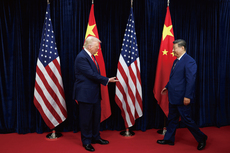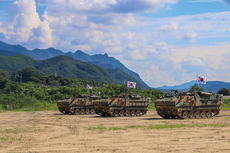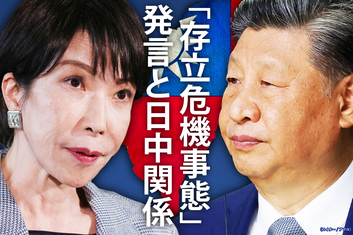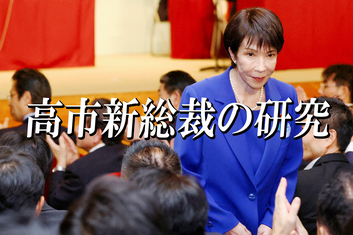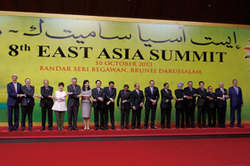
But as Japan’s new National Security Strategy would note at year’s end, the Asian security landscape continued to deteriorate. China’s resort to tailored coercion in the East and South China Seas attempted unilateral change to the status quo through incremental maritime action and political pronouncements. Military power and economic power were never far removed from disputes, whether with Japan over the Senkaku Islands, or with the Philippines over Scarborough Shoal and the Second Thomas Reef. North Korea began the year by conducting a third nuclear test and ended the year by announcing the execution of Jang Song Thaek, the uncle and main regent of supreme leader Kim Jong Un. In short, even a rebalancing American could not prevent rising tensions in Asia.
China sought to foment and exploit this tension for domestic legitimacy. It tried to lure the United States into an understanding of great-power relations that would have relegated all others including Japan into the second-tier of nations. And it leaned heavily on Washington to pressure its allies, especially Japan and the Philippines, to make concessions to China. While allies had some worries about Washington, the Obama administration kept alliances at the forefront of its foreign policy. The October 2+2 is a major case in point.
But the turning point for U.S. policy, the catalyst for doubling down on rebalancing policy in 2014, was probably the Chinese announcement of an air defense identification zone over the East China Sea. That abrupt, unilateral action of declaring an ADIZ over areas already claimed by Korea and Japan, reminded the region that China could encroach on the region step by step unless someone stood up to hold the line. The United States policy remained moored in international law and the peaceful resolution of disputes. But it remained perhaps too ambiguous about China’s salami tactics that would seize the prize one slice at a time.
Complicating these tensions was the controversy over Prime Minister Shinzo Abe’s de facto normalization of Japan’s security role. More and more Japanese saw the need for Japan to lift some of its previous reticence and self-restraint to avoid China’s assertiveness, but even domestic opinion remained divided on collective self-defense rights and possible defense exports. But the real opposition to Prime Minister Abe’s plan to bring back Japan, economically and politically, resided in China. Unfortunate revisionist statements by some Japanese voices undermined Prime Minister Abe’s own agenda. At a minimum, Tokyo was failing to adequately communicate to the region why a more proactive Japanese stance would indeed contribute more to peace. The visit to Yasukuni Shrine at the end of last year would only further open up the debate about Japanese intentions.
So this year opened up with America still mired in apparent retreat, the region sinking further into turmoil and uncertainty, and Japan’s rapid economic and security project in some jeopardy.


